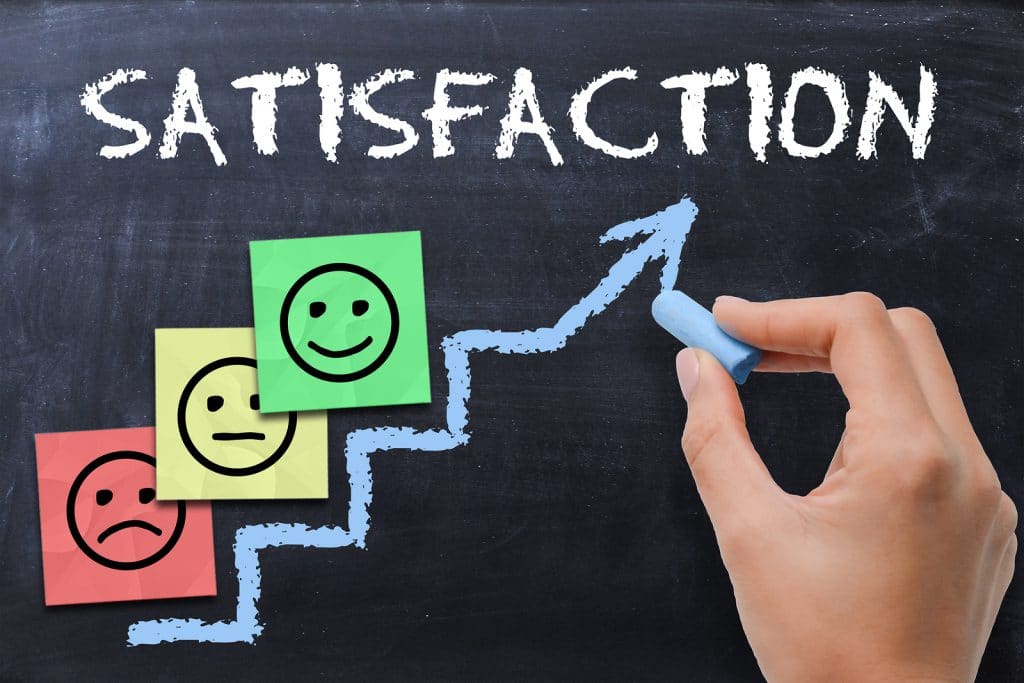
In the realm of customer experience, every decision a customer makes is influenced by a myriad of factors, many of which are deeply rooted in psychology. Behavioral economics, a field that combines insights from psychology and economics, offers valuable perspectives on how customers make decisions and navigate their journey with businesses. In this blog, we explore the fascinating intersection of behavioral economics and customer decision-making, shedding light on its implications for the customer experience.
## Understanding Behavioral Economics: Unraveling the Mysteries of Customer Behavior
Behavioral economics challenges traditional economic theories by recognizing that human decision-making is often irrational, emotional, and influenced by cognitive biases. By understanding these quirks of human psychology, businesses can gain deeper insights into customer behavior and tailor their strategies to meet customer needs more effectively.
## The Power of Defaults and Anchoring: Setting the Stage for Customer Choices
### 1. Defaults:
Defaults shape our decisions by providing a starting point from which we can deviate. In the customer journey, setting default options strategically can influence customer choices and streamline decision-making, enhancing the overall experience.
### 2. Anchoring:
Anchoring refers to the tendency to rely heavily on the first piece of information encountered when making decisions. By presenting customers with carefully chosen anchor points, businesses can influence perceptions of value and guide customer decisions in desired directions.
## Nudging Towards Better Choices: Leveraging Choice Architecture for Customer Success
### 1. Choice Architecture:
Choice architecture involves designing the environment in which choices are made to steer individuals towards particular decisions. In the context of the customer journey, businesses can employ choice architecture principles to nudge customers towards choices that benefit both parties.
### 2. Framing Effects:
Framing effects demonstrate how the way information is presented can influence decision-making. By framing options in a positive light or highlighting potential losses, businesses can shape customer perceptions and guide choices towards desired outcomes.
## Overcoming Decision Paralysis: Simplifying Choices for Enhanced Customer Experience
### 1. Decision Fatigue:
Customers can experience decision fatigue when faced with too many choices, leading to frustration and indecision. Streamlining options, providing clear decision-making criteria, and offering personalized recommendations can alleviate decision paralysis and enhance the customer journey.
### 2. Limited Rationality:
Customers do not always make decisions in a purely rational manner. Understanding the limitations of rationality allows businesses to design experiences that cater to customers’ cognitive abilities and preferences, fostering a smoother and more satisfying journey.
## Conclusion: Harnessing Behavioral Economics for Customer-Centric Success
Incorporating insights from behavioral economics into the customer experience can yield profound benefits for businesses and customers alike. By understanding the psychological factors that influence customer decision-making, businesses can design more intuitive, engaging, and personalized experiences that guide customers along their journey with ease and efficacy.
As businesses continue to prioritize customer-centricity and strive for excellence in the customer experience, embracing the principles of behavioral economics offers a powerful toolkit for unlocking the secrets of customer decision-making and fostering lasting relationships built on trust, satisfaction, and mutual success.

